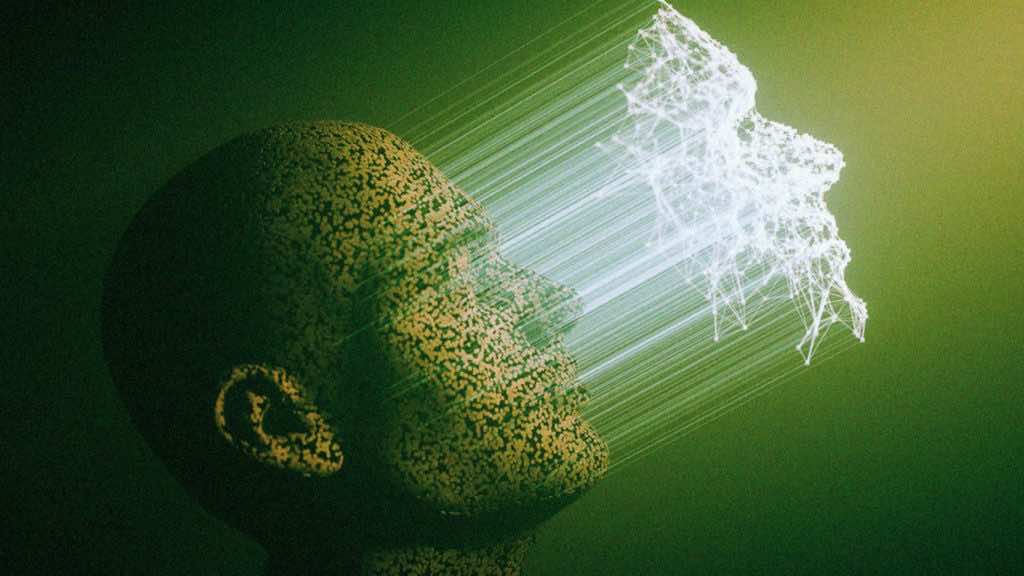A subsidiary of Israeli AI company Cortica, called Corsight AI, states that it can make a model of a face using a person’s DNA that can then be incorporated into a facial recognition system. Experts are still skeptical about the claim, MIT Technology Review reports.
Executives of the company exhibited the company’s “DNA to Face” product in a presentation in December. According to the presentation obtained by MIT Tech, it can construct “a physical profile by analyzing genetic material collected in a DNA sample.”
Corsight has refused interviews to talk to the press about the feature.
The company is clearly focused on bringing the technology to law enforcement. The only two members of its advisory board are a former CIA director and a former assistant director of the FBI, according to MIT Tech.
Despite the ethical concerns, experts doubt such technology can actually exist. While DNA is being used by law enforcement to identify perpetrators, it’s usually a matter of matching to a sample — not rebuilding faces from DNA samples.
The use of facial recognition software alone has also been criticized over concerns such a technology could be inherently flawed and biased against people of color.
“Premature attempts to implement this technique would likely undermine trust and support for genomic research and garner no societal benefit,” Dzemila Sero, computational imaging researcher at the Centrum Wiskunde & Informatica in Amsterdam, told MIT Tech.
There are a number of small companies, such as Parabon NanoLabs, that claim their tech can rebuild faces from DNA samples.
To many, Corsight is likely vastly overselling its technology.
“The idea that you’re going to be able to create something with the level of granularity and fidelity that’s necessary to run a face match search — to me, that’s preposterous,” Albert Fox Cahn, a civil rights lawyer who works on issues related to facial recognition systems, told MIT Tech.
“That is pseudoscience,” he added.

